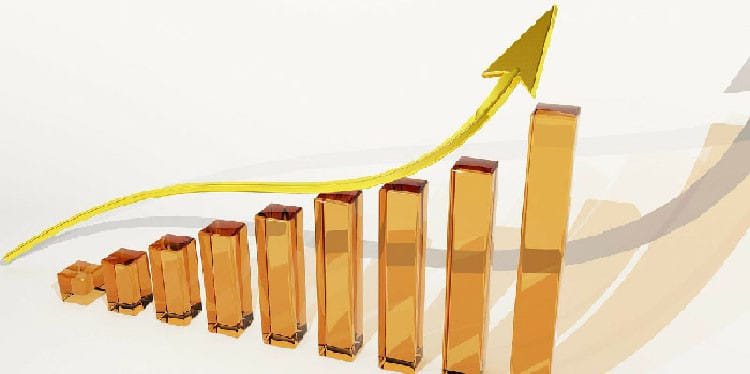Following the increased complexity of healthcare procurement and the benefit of sound supply chain controls, experts are calling for hospitals to introduce advanced technologies for the effective management of healthcare procurement and supply chain processes.
For instance, procurement portals are already adding to the effectiveness of purchasing across manufacturing and retail companies, allowing for the optimized management of the relationship with vendors as well as purchasing activities. Below we examine the issue of applying an e-procurement system in healthcare to understand the relevant benefits and any possible bottlenecks.
Calls to Build E-Procurement System in Healthcare
Procurement software can help you confront some of the common challenges in healthcare procurement.
1. Compliance with healthcare rules and regulations
The OSHA is rife with new safety and health regulations and how they apply in contemporary workplaces. One can hardly overestimate the pressure of ethical and legal regulations that healthcare providers deal with. With a centralized e-procurement platform, you have all information regarding suppliers or vendors centralized and well-organized. The availability of centralized vendor information makes it easier to monitor compliance activities and changing regulatory requirements emanating from Medicare, FDA and appearing in HITECH and HIPAA.
2. Higher levels of requirements to order accuracy
As most hospitals’ procurement staff are not always engaged in medical matters, they can underestimate some requirements and make mistakes in orders. For instance, a physician may have more confidence working with a certain brand of diagnostic tools, but the procurement can overlook that particular brand by preferring the one with the best price. A portal or an electronic procurement system allows clinicians, physicians, and practitioners to manage their orders by getting exactly what they want. The e-procurement workflow prevents them from violating procurement rules and regulations of the healthcare establishment.
3. Safety issues
It may happen that a new system or version of equipment won’t behave exactly as expected. Granting your non-procurement staff (clinicians, lab technicians, doctors, and nurses) direct access to suppliers via a centralized e-procurement system enables them to communicate their concerns directly to healthcare suppliers – and issues get resolved promptly.
4. Unpredictable demand shift
It’s often impossible to foresee and expect demand shifts in healthcare as is the case with epidemic outbreaks. Your usual supplier may fail to sustain an unprecedented demand shift. However, with the diverse vendor community of an e-procurement system, you can find new purchasing opportunities and meet this demand shift challenge thoroughly equipped.
5. Transparency and accountability
That corruption is worldwide and domain-based is an indisputable fact. The healthcare industry represents a sector where corruption can lead to dramatic consequences and loss of lives because of low-quality services and treatments. Keeping procurement-related processes traceable provides valuable insight, thus reducing the chances for behind-the-scenes problems.
6. Dealing with expiring patents
An expiring patent may signal significant concerns expected to happen, for example:
- Various generic healthcare products may enter the market. New manufacturers or producers are likely to feature lower prices as they have access to already known technologies, do not entirely depend on a long approval process, and don’t have to invest in new marketing efforts.
- The product may disappear from the market as the original company stops production and no generic products are there since the manufacturing process is too complicated or too expensive.
These drastic changes warrant new adjustments from the buyers, such as renegotiating contract terms, or looking for another vendor to win a new bargain; or even deciding on product substitution in case production was stopped completely.
NHS E-Procurement Strategy
The National Health Service is a publicly funded healthcare system in the UK, representing a major social reform to extend healthcare services to UK citizens. In 2016, the NHS e-procurement initiative was rolled out by the National Health Service, making the British healthcare system a frontrunner in technology. With the e-procurement strategy, all transactions, product traceability, purchasing processes, and communications become electronic. According to the NHS, this implementation is a great digital leap that will benefit the NHS and its trusts, and businesses providing goods and services.
What do you gain by using an e-procurement system?
- Cost savings. By automating procedures and doing away with paper-based procurement processes, the NHS saves between 5000 to 8000 pounds per bed.
- Waste reduction. The Department of Healthcare forecasts that once the system is fully implemented and adopted, there will be 10% fewer wasted healthcare products. Waste reduction will be possible thanks to electronic item tracking applying GS1 coding. This coding system incorporates product tagging for stock control and management.
- Order accuracy. A key advantage of applying e-procurement in healthcare is that the user information on healthcare products will be accurate. It’s crucial to bear in mind that the NHS e-procurement strategy includes the implementation of data pools and electronic catalogs, where vendors can share all their product information in real-time with healthcare companies and organizations.
- Safety. With e-procurement, patient safety is advanced due to the accuracy of ordering systems. Real-time sharing of vendor information with healthcare organizations means greater patient safety, as mistakes are avoided and the use of medicines is facilitated with specific instructions.
ProcurePort – Your Leading Partner in Healthcare E-Procurement
ProcurePort offers a powerful, intuitive digital procurement platform with leading modules at your disposal and industry-leading support and services. As healthcare systems get more complicated and overburdened following the global pandemic, there will be a need for more streamlined procurement processes to centralize the management of supply chain processes. With this in mind, healthcare organizations are slowly turning to portals or e-procurement systems to ensure they remain at the top of the curve in this evolving trajectory.










